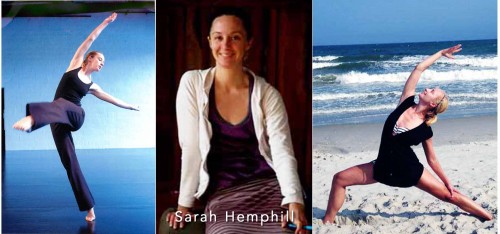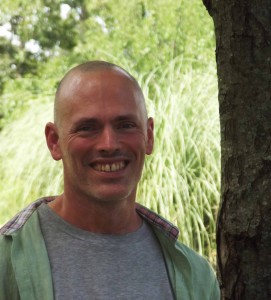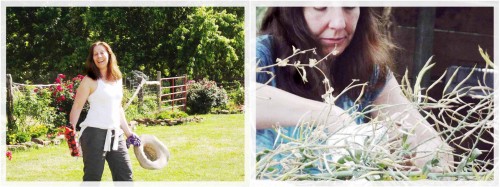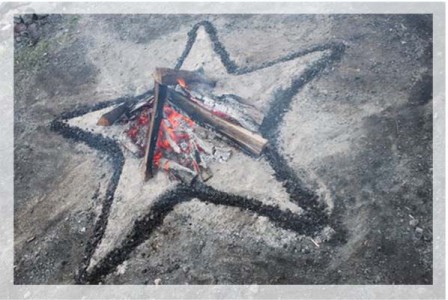My Story of yoga and dance
I was 3 when I took my first dance class and in a couple months I will turn 33. Dance was the only thing I ever knew for sure I loved as a child – well let’s face it, also as an adult – and as I grew older I also knew it was the only thing that had kept me whole in times of trial, though I never could have explained why.
As a young adult, dancing, teaching and working in Washington, DC, I found myself drawn to yoga as a supplement to my dancing. Too poor to afford classes I landed a work/study job at a local studio in Adams Morgan. In exchange for classes the owner tasked me with transcribing the many notebooks that she had accumulated from her training in India. Previously I’d only known yoga as a series of postures and the experience of those on my mat. But as I typed, I slowly began to see, through her short-hand, the underpinnings of an ancient tradition, embodied in the wisdom of generations of yogis, and how deliberately that wisdom had been given to me – – – as if it had started to “wink” at me from the depths of history. Continue reading









